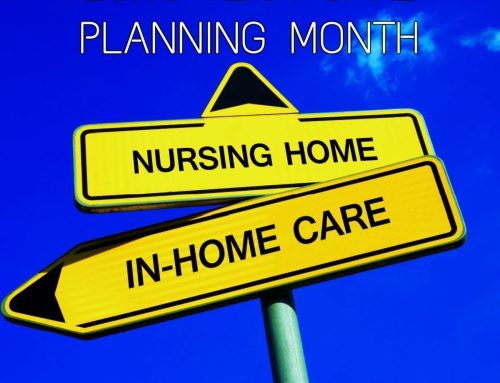
Whew, It’s Hot!
Whew, It’s Hot!
Today it will be hotter in Caribou, Maine than in Key West, Florida. Let that sink in. In the United States, the area closer to the equator will be cooler than an area closer to the north pole. This record-breaking summer heat dome is just getting started. Socially isolated and vulnerable people risk serious health complications and potentially early death in these conditions. Take, for example, older homes in the upper Midwest area; those structures are built to withstand long cold winters with blistering winds and snow. Weatherization programs ‘up north’ are vastly different from ‘down south.’
Health Risks Compounded by Severe Heat and Social Isolation
Without regular social interactions, isolated individuals may not receive timely assistance or advice on how to cope with the heat. I have included this illustration for you to share with loved ones. Individuals living alone are less likely to have someone remind them to stay hydrated, seek cooler environments, or recognize the early symptoms of heat-related illnesses. Heatwaves are insidious because their impacts are not always immediate. For older adults, prolonged exposure to high temperatures can lead to a cumulative strain on their bodies. Dehydration is a significant concern; as people age, their sense of thirst diminishes, making them less likely to drink enough water. This dehydration can cause a cascade of health issues, including kidney stones, urinary tract infections, and even acute kidney injury.
Moreover, some medications used by disabled individuals can impair the body’s ability to regulate temperature or may cause increased sensitivity to heat. Antipsychotics, antidepressants, and medications for Parkinson’s disease, for example, can interfere with sweating and other natural cooling mechanisms. This pharmacological factor places individuals with certain disabilities at an even higher risk during heat waves.
High Cost of Utilities
For those already struggling with health issues, this lack of cooling can be fatal. Lack of air conditioning further compounds these dangers. In many older homes or low-income housing units, air conditioning might be absent or unaffordable. High utility costs often deter residents from running air conditioners even if they have them, leading to dangerously hot indoor environments. For disabled individuals, the challenges posed by the heat wave are compounded by accessibility issues and physical limitations. Disabilities that impair mobility or cognitive function can make it difficult for individuals to take the necessary steps to stay cool and hydrated. For example, those who rely on electric-powered medical devices or mobility aids face additional risks during power outages, which are more likely to occur during periods of high electricity demand.
Look for the Helpers
As temperatures soar, those living alone and lacking social support networks are particularly vulnerable to the deadly effects of extreme heat. Organizations and communities are mobilizing to address these critical needs. Local nonprofits have launched initiatives to distribute fans, portable air conditioners, and bottled water to the elderly and disabled. Volunteers conduct wellness checks, ensuring that those who are isolated or immobile receive the support they need. However, these efforts, while commendable, are often hampered by limited resources and the sheer scale of the crisis.
We’ve Only Just Begun
Chances are high for this cycle repeating itself in the coming months. Politicians will debate the cause, but no one can deny the effect. This is a time for action to protect vulnerable people. Please check-up on family and friends, near and far, to assess their ability to cope during these trying times.

























